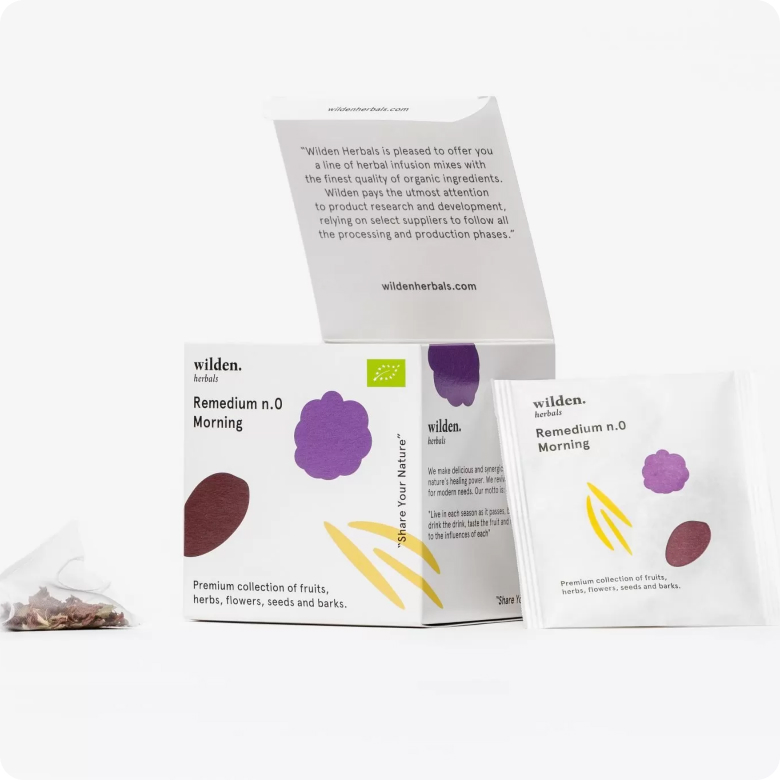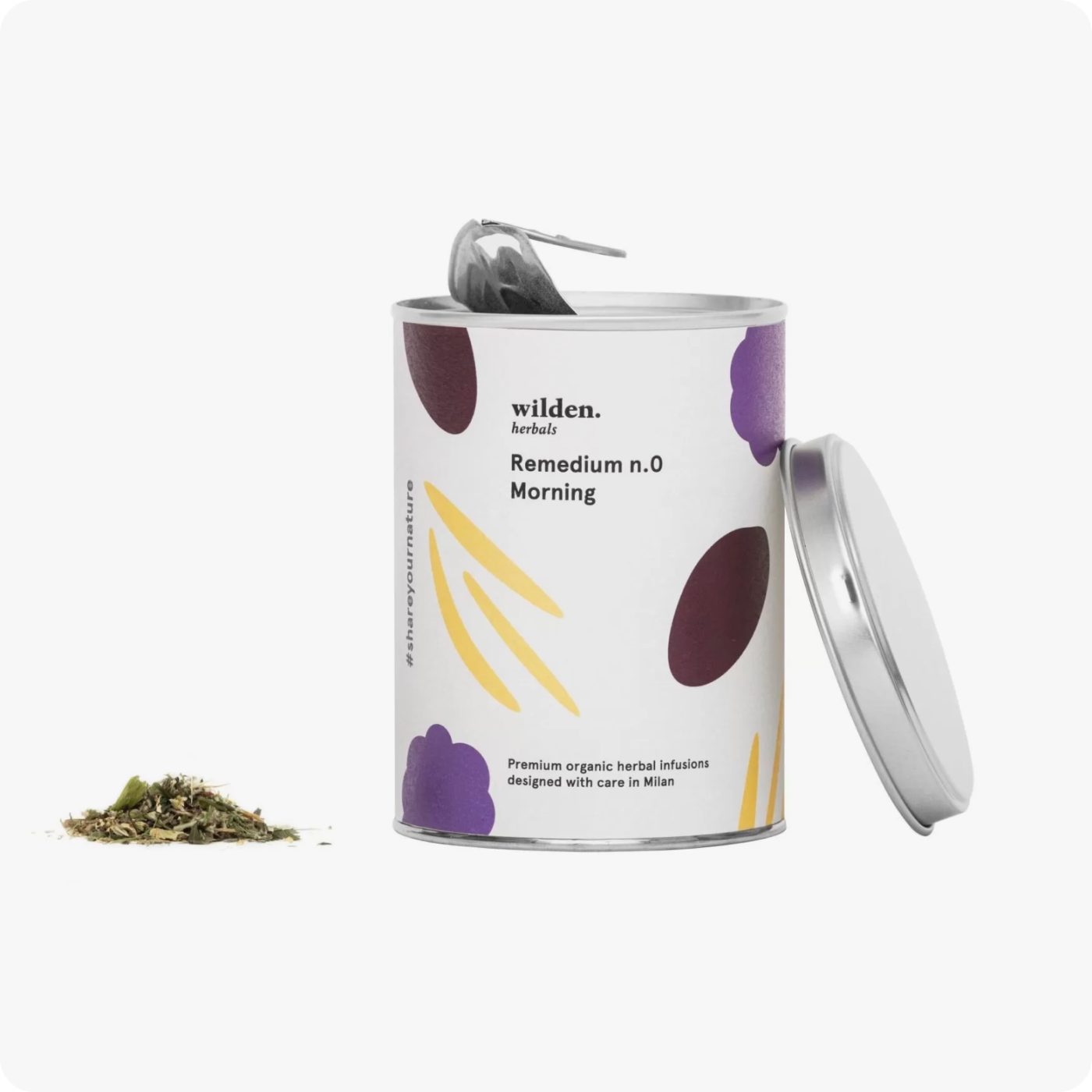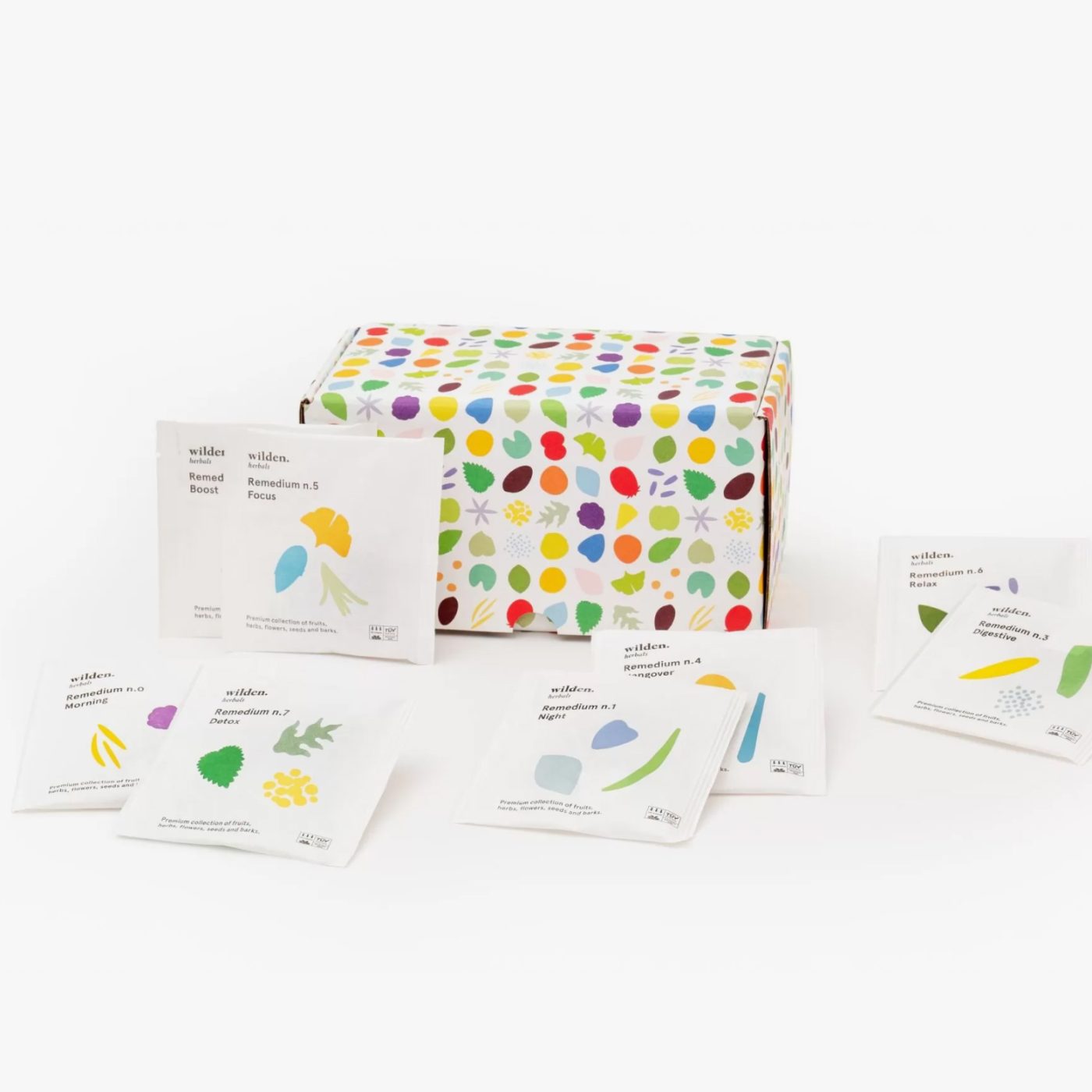How to cope with PMS with medicinal plants (and regain your balance!)
Hormones change and so does your body and mind. Understanding how the menstrual cycle works is critical to coping with PMS.
Understanding the menstrual cycle and how it affects every aspect of our days is important. In this article we will tell you about the different phases of the cycle and the variables that can affect it, as well as understand the whys and hows of PMS.
Menstruation and menstrual cycle: what it is, explained well
We will put it in simple words: menstruation is the shedding of the lining of the uterus (the endometrium) that causes bleeding. Conventionally, the first day of bleeding is considered the first day of the cycle, although, technically, menstruation marks the end of a cycle.
In fact, the time between menstruation is referred to as the menstrual cycle. Normally, menstrual cycles range from 24 to 38 days (there is no fixed day, which makes the menstrual cycle completely sui generis). Did you know. Only 10 percent of women have the famous “28-day” cycle: at least 25 percent of women have irregular periods: in fact, there is no written rule, each body has a story of its own, and, can we say it?, that’s perfectly fine.

The hormone cycle: how it works and what are its phases
And now a little lesson in physiology to explain how the menstrual cycle works: let’s go!
The menstrual cycle is regulated by hormones. Luteinizing hormone (LH) and follicle-stimulating hormone (FSH) are produced by a gland (it is called the pituitary) located in the brain. These hormones promote ovulation (and thus the release of the egg from the ovaries) and stimulate the ovaries to produce estrogen and progesterone.
Estrogen and progesterone stimulate the uterus and breasts to prepare for eventual fertilization and are responsible for all the signs and symptoms we experience in our bodies. In other words, the brain, ovaries and uterus communicate through hormones to keep the cycle going.
The menstrual cycle has two main phases (plus one in between):
- Follicular phase: prepares the uterus (proliferative phase). During this phase, estrogen levels rise. It begins from day 1 of the cycle and lasts until ovulation.
- Ovulation: estrogen levels rise and the brain significantly increases LH. During this mini-stage, an egg is produced that will be released later.
- Luteal phase: after ovulation, the body and uterus prepare for a fertilized egg (in case of pregnancy) or to start the new cycle. It is during this phase that all PMS symptoms kick in. Usually, it is estrogen and progesterone (higher than in other phases) that are responsible for most of the symptoms. In the absence of a fertilized egg, hormones decrease, menstruation begins and marks the end of one cycle and the beginning of a new one.
How to relieve premenstrual syndrome and pain
Although all menstrual cycles are technically similar since they are regulated by hormones, the sensitivity of our bodies is profoundly different. Some people may have no symptoms at all, while others experience pain. We said it at the beginning: every body is a unique story, and a person’s symptoms are so different and specific that it is impossible to have a universal solution.
One thing that is fairly certain is that the cycle is influenced by our habits. PMS is a set of signs and symptoms, usually caused by an imbalance in estrogen and progesterone levels. Stress, insufficient sleep and not too healthy diet will affect the hormones and worsen the symptoms.
So how to combat PMS? The best solution is to embrace not one but many approaches.
- Stress is a risk factor for the premenstrual cycle and can make symptoms more intense. Relaxation techniques make them manageable.
- Calcium, Magnesium and Vitamin E are essential during the cycle. A balanced diet will help our bodies function better and soothe PMS.
- Exercise is a valuable ally against PMS symptoms. The famous endorphins (also a hormone) are critical for moderating mood swings, as well as dopamine (pleasure hormone) and serotonin (happiness hormone) can balance many of the psychic symptoms associated with menstruation. Focus exercise on the hip and back and do yoga to increase blood flow to the uterine and abdominal muscles and ease tension to cramps.
- Sleep affects the hormones released by the pituitary gland. Having a healthy sleep cycle will help the gland function normally and regulate hormone levels.
How to cope with PMS with medicinal plants (and regain your balance!)
The new Wilden.herbals Health line was created to help you regain balance with your body, mind and health. We wanted to reclaim the ancient knowledge and virtues of medicinal plants to help you connect with your body again.
Per questo abbiamo pensato a un’infusione a base di agnocasto (Vitex agnus castus) e foglie di lampone (Rubus idaeus): sono due erbe perfette per bilanciare i livelli di estrogeni nel corpo e per mantenere sincronizzato il nostro ciclo ormonale. L’azione dell’achillea (Achillea millefolium) regola il sanguinamento uterino e i crampi, mentre l’alchemilla (Alchemilla vulgaris) e zenzero (Zingiber officinalis) garantiscono un effetto antinfiammatorio. La melissa (Melissa officinalis) dà un effetto rilassante e sollievo in caso di gonfiore e mal di stomaco. Infine la rosa (Rosa damascena), molto presente nella medicina tradizionale cinese per regolare il ciclo, ha un effetto antiossidante e aiuta ad alleviare stanchezza e mal di testa.
This infusion is our solution for balancing hormones, promoting relaxation and relieving PMS symptoms.

Bibliography
- Mayo Clinic. PMS. https://www.mayoclinic.org/diseases-conditions/premenstrual-syndrome/diagnosis-treatment/drc-20376787 accessed on 10/19/2022.
- Women’s health. PMS. https://www.womenshealthmag.com/health/a19951934/natural-pms-cures/
- Johnson, Rebecca L. & others. Medicinal Herbs. National Geographic. Washington, DC. 2010.
- Koohpayeh, Seyedeh Atefeh et al. “Effects of Rosa damascena (Damask rose) on menstruation-related pain, headache, fatigue, anxiety, and bloating: A systematic review and meta-analysis of randomized controlled trials.” Journal of education and health promotion vol. 10 272. 30 Jul. 2021, doi:10.4103/jehp.jehp_18_21
- Mahady, Gail et al. “Chasteberry (Vitex Agnus Castus).” Encyclopaedia of Dietary Supplements (2004): 95-103. Web.
- WHO. WHO monographs on selected medicinal plants. Volumes 1-4. 2009.







